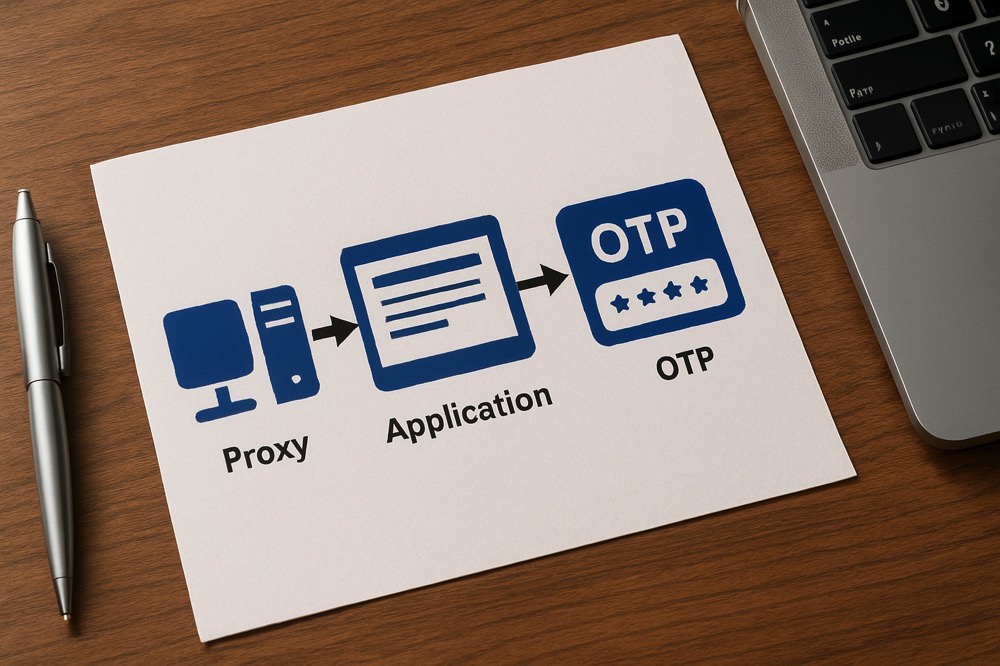Following our examination of secure authentication technologies, we're exploring how Peakhour's contextual security approach supports Visa's third key focus area: shifting to a data-driven risk-based approach.
The Evolution of Risk Management
Traditional security approaches often rely on static rules and fixed thresholds. However, Visa's Security Roadmap 2025-2028 emphasises the need for dynamic, data-driven risk management that adapts to emerging threats while maintaining efficient operations. This shift is crucial for combating sophisticated attacks like credential stuffing and enumeration attacks, which exploit the weaknesses of static defences.
Understanding Contextual Security
Contextual security moves beyond simple rules by using real-time data analysis to make informed decisions about risk levels and appropriate security responses. This approach begins with gathering a wide range of data points for every interaction, including user behaviour patterns, device characteristics, network indicators like TLS fingerprints, geographic patterns, and historical trends.
This rich data feeds into a dynamic risk assessment engine that employs continuous monitoring and adaptive thresholds. Using techniques like behavioural analysis and anomaly detection, the system can identify subtle deviations from normal activity that may signal a threat. The outcome is an intelligent and proportional response, such as triggering risk-based authentication, applying adaptive security measures, or initiating an automated threat response with customised rules.
How Peakhour Aligns with Visa's Vision
Our Contextual Security platform directly supports Visa's data-driven approach by integrating multiple layers of intelligent defence. At the core is our edge intelligence, which leverages a global network to process data in real-time, close to the user. This allows for the rapid identification of emerging threats, the sharing of threat intelligence across the network, and an immediate response to attacks.
This is powered by advanced analytics that utilise machine learning models, behavioural analysis, pattern recognition, and anomaly detection. These tools are essential for identifying sophisticated threats, such as bots using residential proxies or anti-detect browsers. By analysing connection-level data, we can distinguish malicious automation from legitimate user traffic, a task where traditional IP-based methods often fail.
This analytical power enables true risk-based decision-making. Instead of applying one-size-fits-all rules, our platform implements dynamic security measures. This includes adaptive authentication, contextual access controls, risk-based policies, and automated responses like advanced rate limiting, which can thwart even distributed attacks.
Key Benefits of a Data-Driven Approach
Adopting a data-driven, contextual security model delivers multiple advantages for organisations. It provides enhanced security through better, more proactive threat detection and a significant reduction in false positives. This comprehensive coverage protects against a wider range of attacks, from automated bots to manual fraud attempts.
Simultaneously, it leads to an improved user experience. By accurately assessing risk, the system can reduce friction for legitimate users, leading to faster transactions and a more seamless authentication process. This personalised security approach strengthens trust without sacrificing usability, a crucial balance for any modern business.
Finally, this strategy drives operational efficiency. Automated responses reduce the need for manual review and intervention, optimising resource allocation. The scalable nature of the platform ensures that security can keep pace with business growth, providing a sustainable and cost-effective solution to risk management.
Implementing Contextual Security
Organisations can implement contextual security by first assessing their current state, which involves reviewing existing controls, identifying data sources, and evaluating current capabilities. This is followed by a planning phase to define objectives, select appropriate solutions, and establish key performance metrics. The final step is deployment, which includes installing systems, configuring rules, and training staff, all supported by continuous performance monitoring.
To maximise effectiveness, best practices should be followed. This includes ensuring high-quality, real-time data collection while maintaining user privacy. A robust analysis framework is also needed, with well-defined risk models, adaptive thresholds, and clear policies for automation. Finally, effective response mechanisms must be in place, with automated workflows and controls that can be monitored and refined over time.
Real-World Applications and Future Considerations
In practice, contextual security proves valuable across various scenarios. For authentication, it enables risk-based multi-factor authentication and adaptive policies. In transaction monitoring, it allows for real-time analysis and fraud prevention. For access control, it supports dynamic permissions based on context-aware rules.
Looking ahead, organisations should prepare for the increasing role of advanced analytics, including AI and predictive analysis. Enhanced integration with other systems through APIs will be crucial, as will adapting to evolving regulatory requirements and new threat vectors.
Final Thoughts
The shift to data-driven risk management represents a crucial evolution in security strategy. Peakhour's contextual security solutions help organisations align with Visa's vision while improving security, efficiency, and user experience. By moving beyond static rules to an intelligent, adaptive defence, businesses can better protect themselves and their customers in an increasingly complex digital landscape.
--
Discover how Peakhour's contextual security solutions can help your organisation implement data-driven risk management aligned with Visa's Security Roadmap 2025-2028. Contact our team to enhance your security posture.







